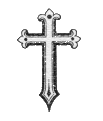
| About this page in French
About this page in Armenian About this page in Russian |


As a result of the Genocide of the Armenians in 1915, the deportation from Cilicia (1921) and the disaster of Izmir (1922), more than 1.5 million Western Armenians were exterminated, while those who were rescued and miraculously survived, remained homeless and deprived of their motherland; they were compelled to migrate and to settle in different countries of the world, creating the Armenian Diaspora as a historical reality.
After long wanderings, many of the eye-witness survivors of these tragic events have been repatriated to the Motherland from Constantinople, the Balkan countries, Greece, France, Syria, Lebanon, Iraq, Egypt and settled in newly-built localities symbolizing their former native cradles.
The present collection includes oral memoirs and folk songs of historical character (in Armenian and Turkish languages), which we have inscribed since 1956 in Armenia and partly in the Diaspora; they have been narrated and sung by Armenian repatriates, representatives of the senior generation of eye-witnesses, miraculously saved from the Genocide and deported from 70 localities of Western Armenia, Cilicia and Anatolia.
These factual documents truthfully depict the mobilization, the arm-collection, the mass exile, massacre and slaughter organized by the government of Young Turks, as well as the heroic self-defensive battles of Van, Sassoun, Moush, Shatakh, Shapin-Garahissar, Moussa Dagh, Urfa and later (1920-1921), of Ayntap and Hadjn.
Although the Turkish autocracy cruelly suppressed the heroic resistance started in various localities, nevertheless, the fearless Armenian heroes, who fought for their elementary human rights and for the physical survival of their nation, recorded brilliant pages in the history of the national-liberation struggle of the Armenian people.
In the process of recording the materials, we have tried to be faithful
to the oral speech of our 550 narrators and to the specific dialect of
their language. Some interpretations are given by special footnotes.
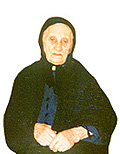
Gyurdji Keshishian
|
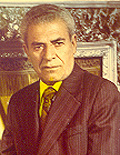
Soghomon Etenikian
|
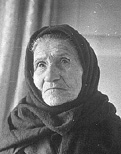
Shogher Tonoian
|
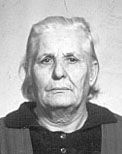
Eva Choolian
|
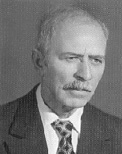
Levon Evrengedjian
|
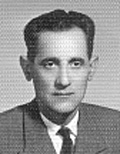
Karapet Mkrtchian
|
Besides the memoirs and songs, the collection includes also a historico-scientific introduction, where, along with the historical events, we have analysed the recorded oral folk materials (600 units), the original texts and notes of which are kept as a special fund (Verjine Svazlian Fund) in the archives of the Museum-Institute of the Armenian Genocide of the National Academy of Sciences of the Republic of Armenia.
The collection is provided with a glossary of foreign words and dialects, footnotes, historical map, songs accompanied by musical notes, information about the narrators and their photographs.
The present oral testimonies, which have been inscribed (written down, audio- and video-recorded) word by word, fragment by fragment in the course of 45 years, are, by reason of their originality and historical value, unique factological and documental evidences reflecting, in a simple folk language, the tragic events of the Armenian Genocide.

| Previous
The Folklore of the Armenians of Constantinople |
Next
Testimonies of the Eye-Witness Survivores (in French) |